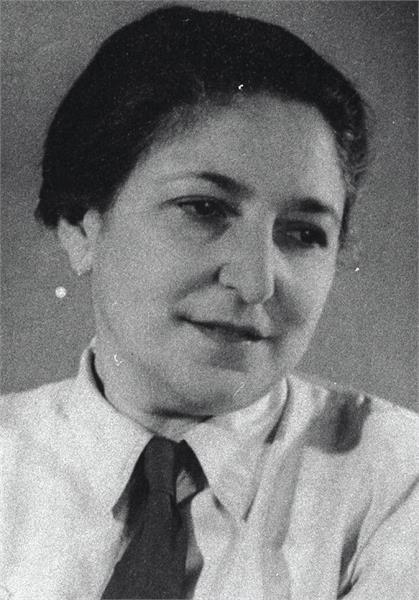|
Brcko In Zagreb
''Brcko in Zagreb'' (''Brcko u Zagrebu'') is a 1917 Croatian short comedy film directed by Arsen Maas. The film, created by a band of Zagreb-based theatrical actors and produced by Croatia Film k.d., features a simple plot in which Brcko, the titular protagonist, comes from a province to the big city. It premiered on 28 August 1917 in Zagreb, making it the first Croatian fictional film. Like all other Croatian fictional films of the era, ''Brcko in Zagreb'' is now considered lost. The identity of Arsen Maas remained unknown until 2014, when it was discovered to be an alias of Ante Masovčić, previously known for his theater-related work, and for being a subject of a well-known painting by Miroslav Kraljević. Plot Brcko, a provincial salesman (Arnošt Grund), comes to Zagreb and meets a diva from the operetta (Irma Polak). He takes her to various places, including a public swimming pool on the Sava, and buys her a new outfit. Brcko's wife learns about what is going on in Zagreb. ... [...More Info...] [...Related Items...] OR: [Wikipedia] [Google] [Baidu] |
Croatia Film
Croatia Film d.o.o. (formerly Croatia Film d.d.) is a state-owned film production and distribution company based in Zagreb, Croatia. It began operations in 1946, when Croatia was part of the former nation of Yugoslavia. The company produced the region's only animated features to date during the 1980s and 1990s, all directed by Milan Blažeković: '' The Elm-Chanted Forest'', '' The Magician's Hat'' and ''Lapitch the Little Shoemaker ''Lapitch the Little Shoemaker'' ( hr, Čudnovate zgode šegrta Hlapića) is a 1997 animation, animated feature that was originally released by Croatia Film. Produced on vintage (design), vintage cel equipment during the early 1990s, this was the ...''. Croatia Film was also involved in two animated television series: Lapitch the Little Shoemaker (TV series), a spin-off of ''Lapitch'' in 2000, and the satirical ''Laku noć, Hrvatska'' (''Good Night, Croatia'') from 2005. In the U.S. end credits of ''The Elm-Chanted Forest'', Croatia Film's name was ... [...More Info...] [...Related Items...] OR: [Wikipedia] [Google] [Baidu] |
Tin Ujević
Augustin Josip "Tin" Ujević (; 5 July 1891 – 12 November 1955) was a Croatian poet, considered by many to be the greatest poet in 20th century Croatian literature. From 1921, he ceased to sign his name as Augustin, thereafter using the signature Tin Ujević. Biography Ujević was born in Vrgorac, a small town in the Dalmatian hinterland, and attended school in Imotski, Makarska, Split and Zagreb. He completed Classical Gymnasium in Split, and in Zagreb he studied Croatian language and literature, classical Philology, Philosophy, and Aesthetics. In 1909, while studying literature, his first sonnet "''Za novim vidicima''" (Towards New Horizons) appeared in the journal ''Mlada Hrvatska'' (Young Croatia). After the assassination attempts on the ban Slavko Cuvaj in 1912, Ujević became active in the Nationalist youth movement and was repeatedly imprisoned. On the eve of the First World War, he lived briefly in Dubrovnik, Šibenik, Zadar, Rijeka and for a longer time in Split. ... [...More Info...] [...Related Items...] OR: [Wikipedia] [Google] [Baidu] |
Films Based On Works By Croatian Writers
A film also called a movie, motion picture, moving picture, picture, photoplay or (slang) flick is a work of visual art that simulates experiences and otherwise communicates ideas, stories, perceptions, feelings, beauty, or atmosphere through the use of moving images. These images are generally accompanied by sound and, more rarely, other sensory stimulations. The word "cinema", short for cinematography, is often used to refer to filmmaking and the film industry, and to the art form that is the result of it. Recording and transmission of film The moving images of a film are created by photographing actual scenes with a motion-picture camera, by photographing drawings or miniature models using traditional animation techniques, by means of CGI and computer animation, or by a combination of some or all of these techniques, and other visual effects. Before the introduction of digital production, series of still images were recorded on a strip of chemically sensitized ... [...More Info...] [...Related Items...] OR: [Wikipedia] [Google] [Baidu] |


